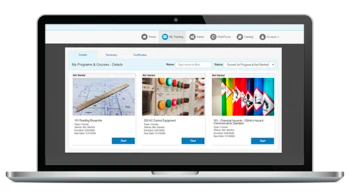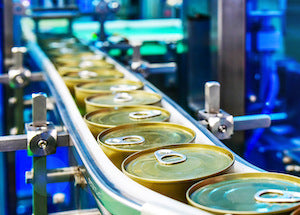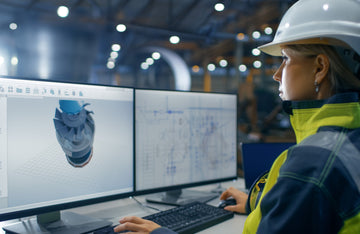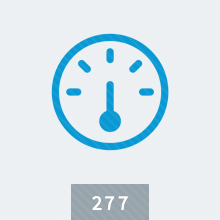Covers units in thermal measurement and operation of RTDs (and wheatstone bridges), thermistors, and thermocouples and thermometers. Includes principles of pyrometry and operation of narrowband, broadband, and bandpass pyrometers. Discusses calibration standards, typical calibrating methods, and instrument testing. This course has no prerequisites. Temperature Measurement is available in online technical training and course manual formats.
Lesson 1 - Temperature Measurement Principles and Indicators
Topics:
Temperature and temperature scales; Heat; Change of state; Measuring instruments; Color change and melting point indicators
Learning Objectives:
– Define thermal energy and explain the relationships among thermal energy, heat, and temperature in a substance.
– Correlate changes in temperature with changes in a substance's physical state.
– Compare four temperature scales, and convert temperature readings from one scale to another.
– Explain how primary and secondary temperature calibration standards are used.
– Describe various temperature-measuring devices and contrast thermometers and pyrometers.
Lesson 2 - Bimetallic & Fluid-Filled Temp. Instruments
Topics:
Bimetallic, liquid-in-glass, and filled-system thermometers; Liquid- and gas-filled systems; Vapor-pressure systems; Capillary and bourdon tubes; Temperature transmitters
Learning Objectives:
– Discuss the physical characteristics and operation of bimetallic thermometers.
– Describe how liquid-in-glass thermometers are constructed and how they operate.
– Compare liquid-, gas-, and vapor-filled systems and discuss their advantages and disadvantages.
– Explain how a mercury thermometer operates.
Lesson 3 - Electrical Instruments
Topics:
Resistance thermometers; Wheatstone bridge circuits; RTD elements; Thermistors; Thermocouples; Compensation
Learning Objectives:
– Discuss the relationship between temperature and electrical resistance.
– Describe the function of RTD bridge circuits and explain how to calculate lead-wire errors.
– Compare the accuracy, response time, stability, and circuit complexity of RTDs and thermistors.
– Describe the operation of a thermocouple and explain how to compensate for changes in the reference junction temperature.
Lesson 4 - Pyrometry
Topics:
Principles; Effects of emittance and temperature; Wavelength of radiated energy; Pyrometers
Learning Objectives:
– Discuss the principles that govern noncontact thermal measurements.
– Define electromagnetic radiation and emittance.
– Discuss the characteristics of a blackbody.
– Describe the effects of temperature and emittance on radiation intensity.
↺ Back to Process Control Instrumentation Online Training Courses Courses






